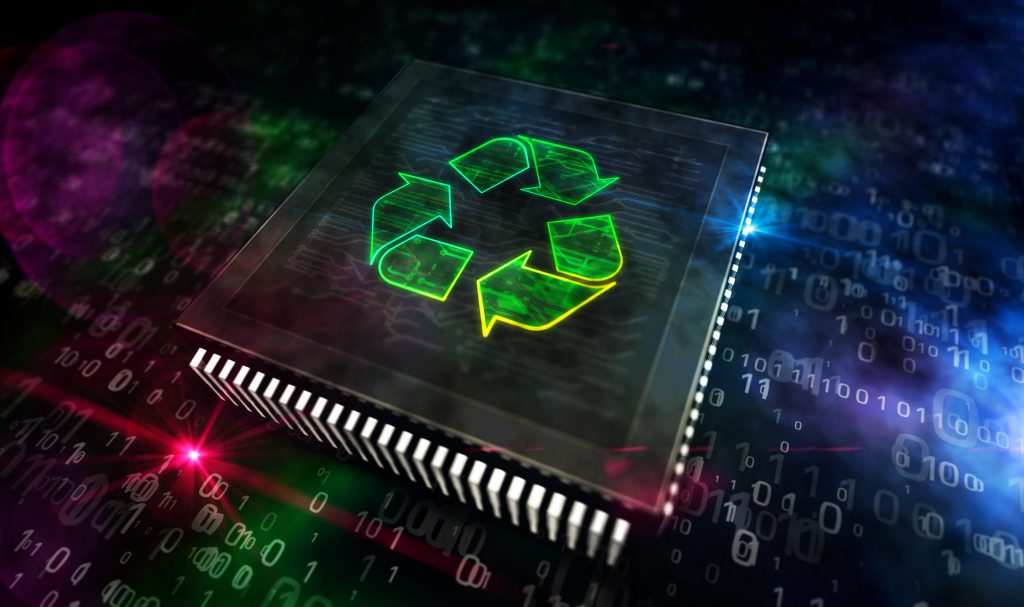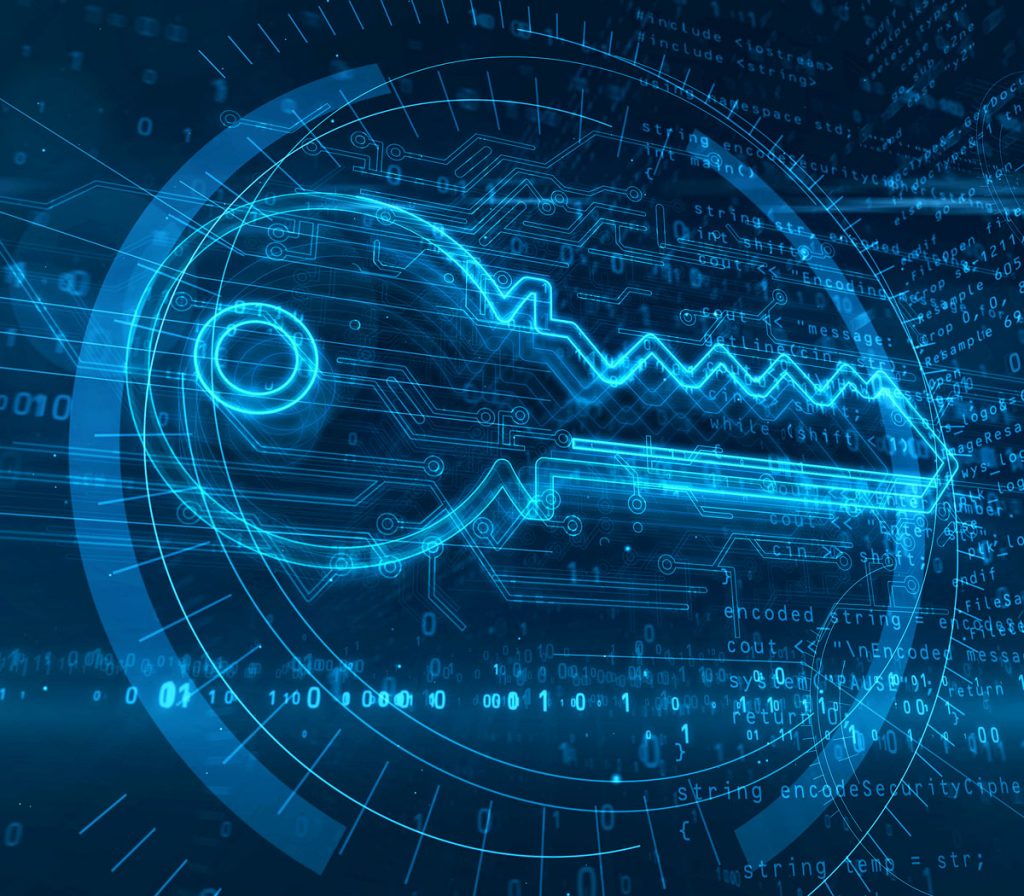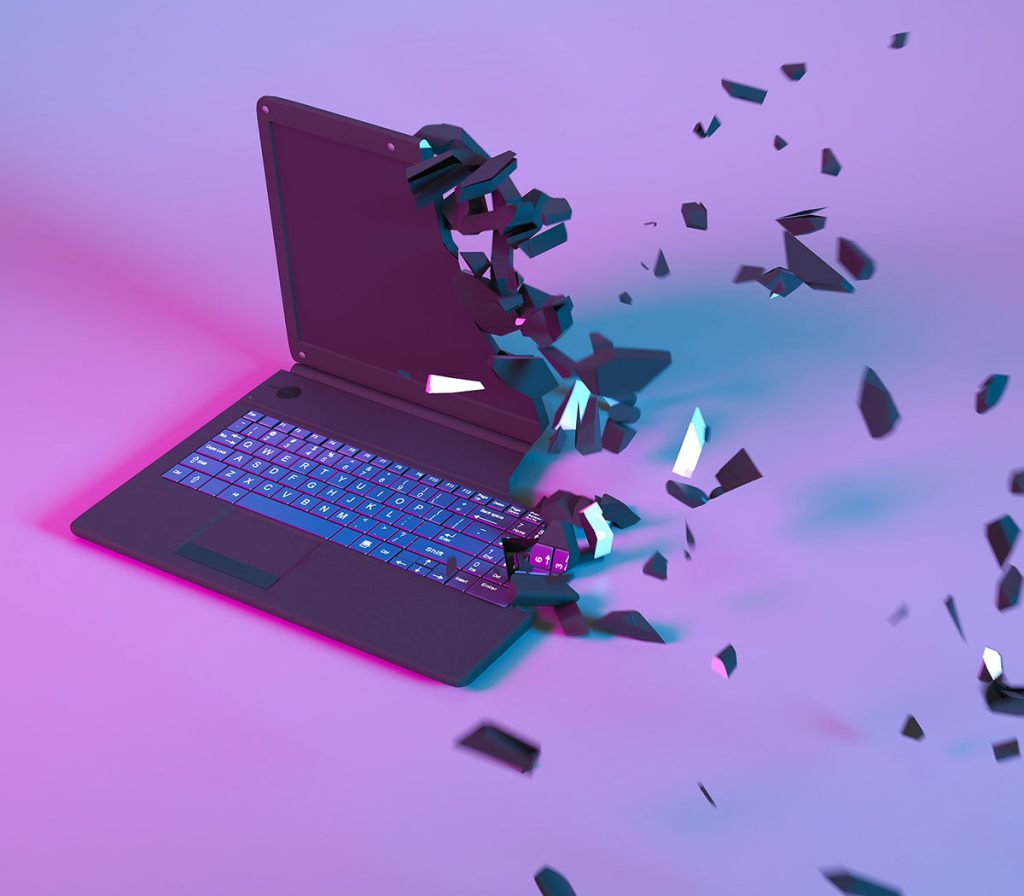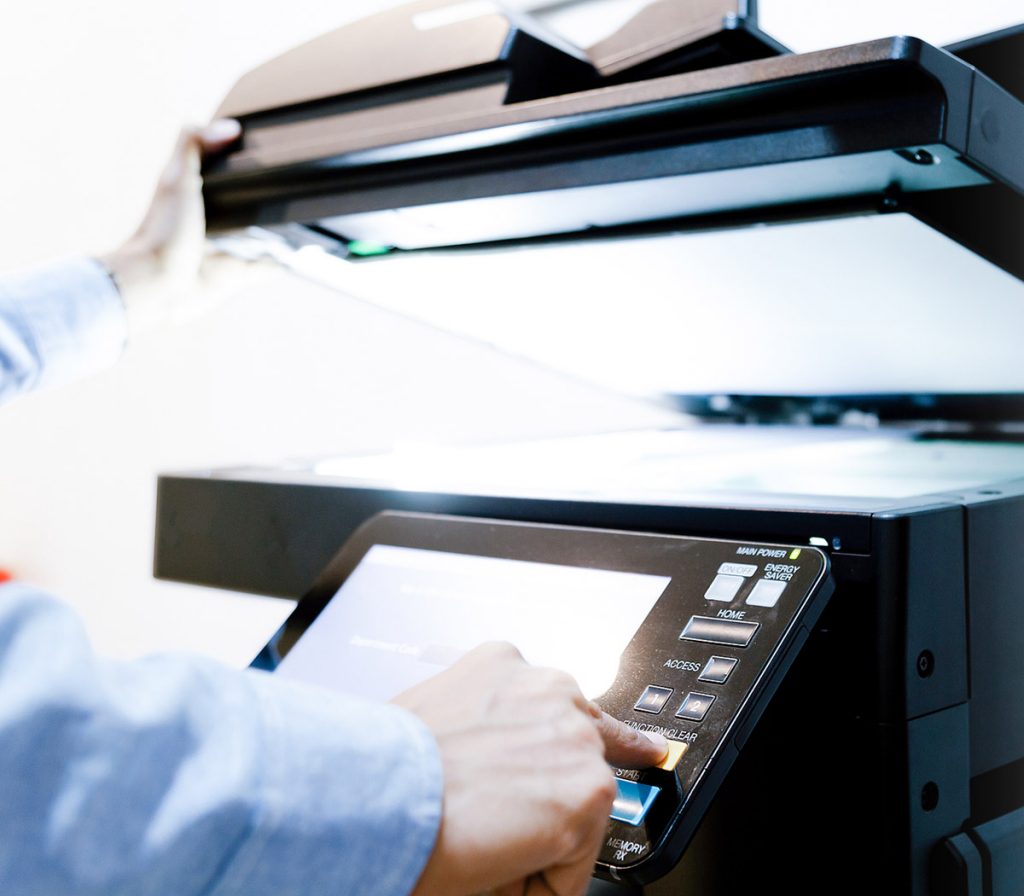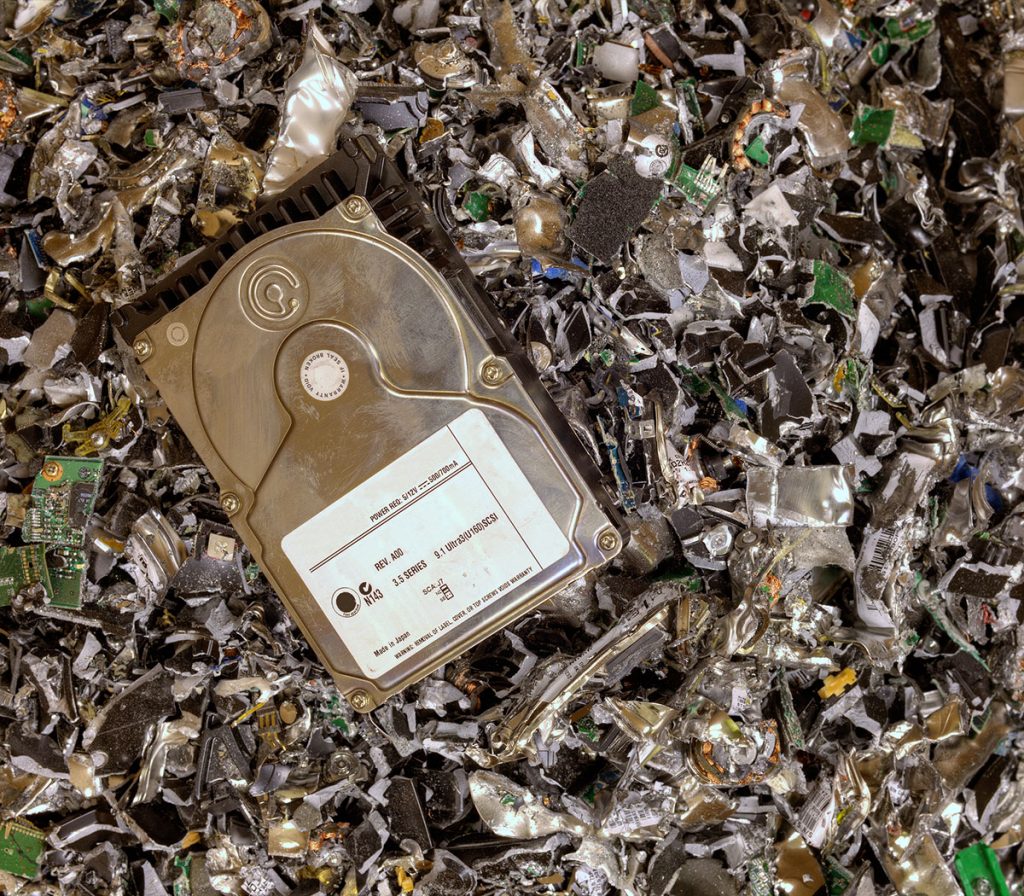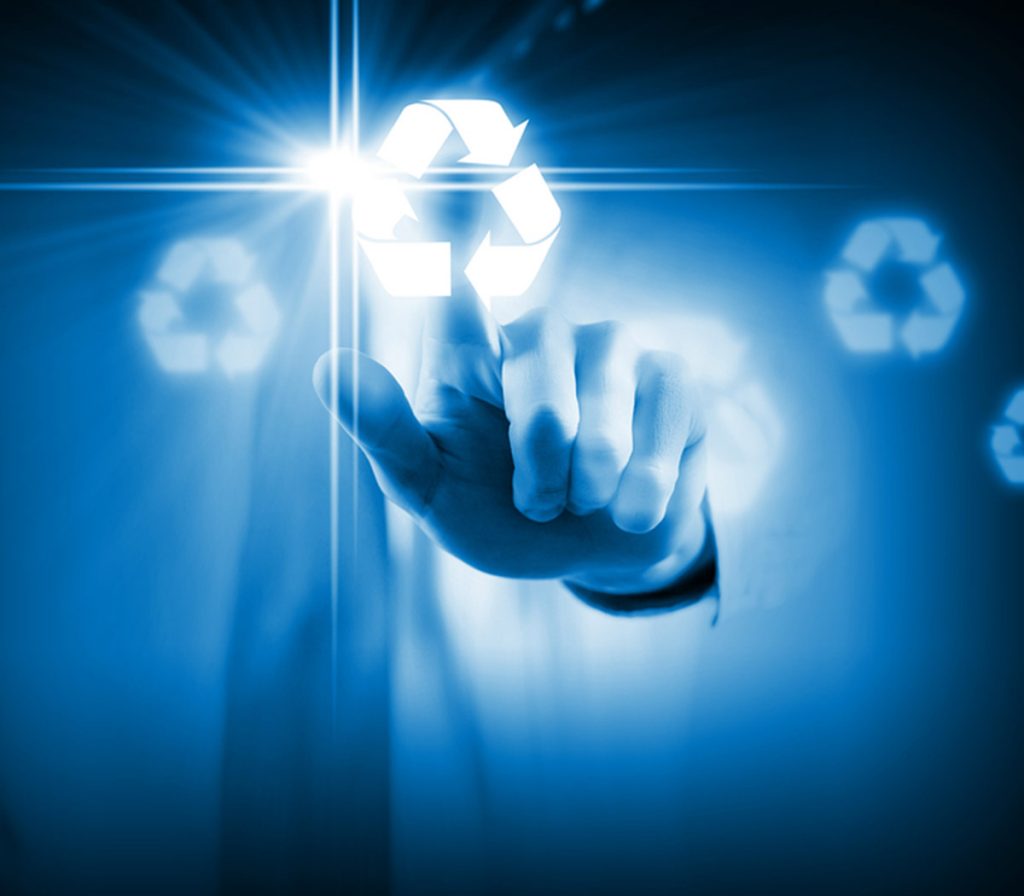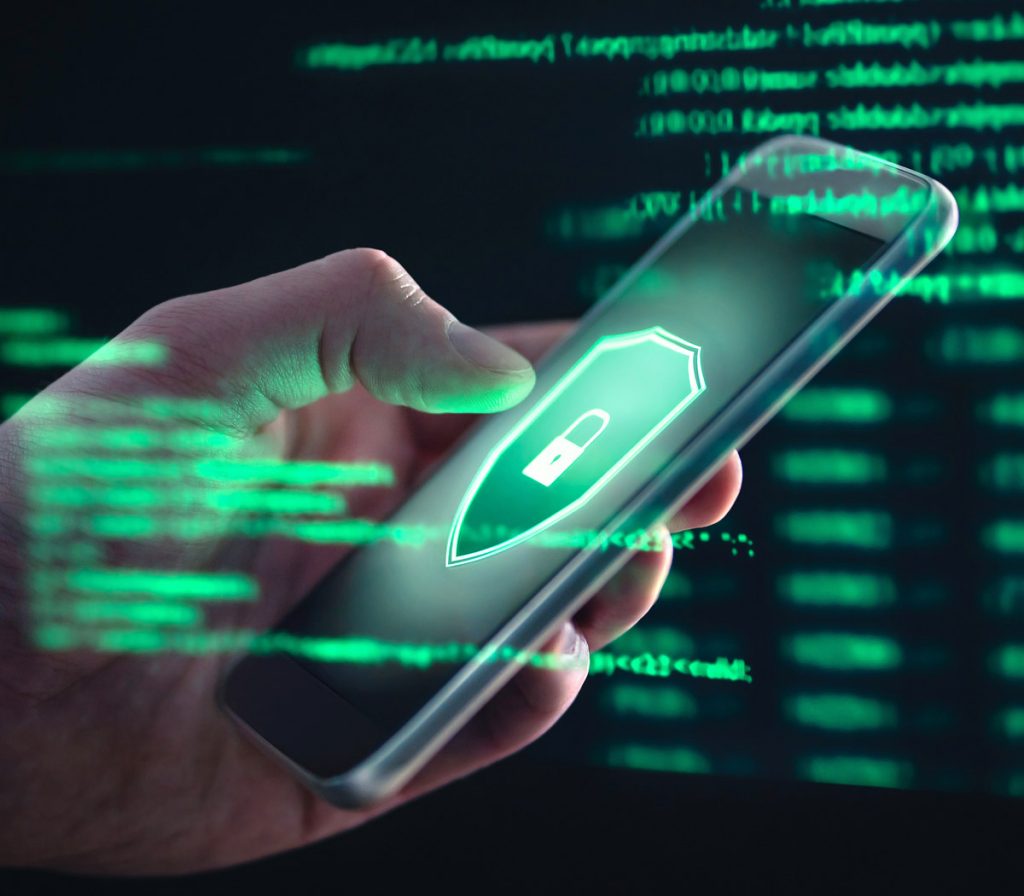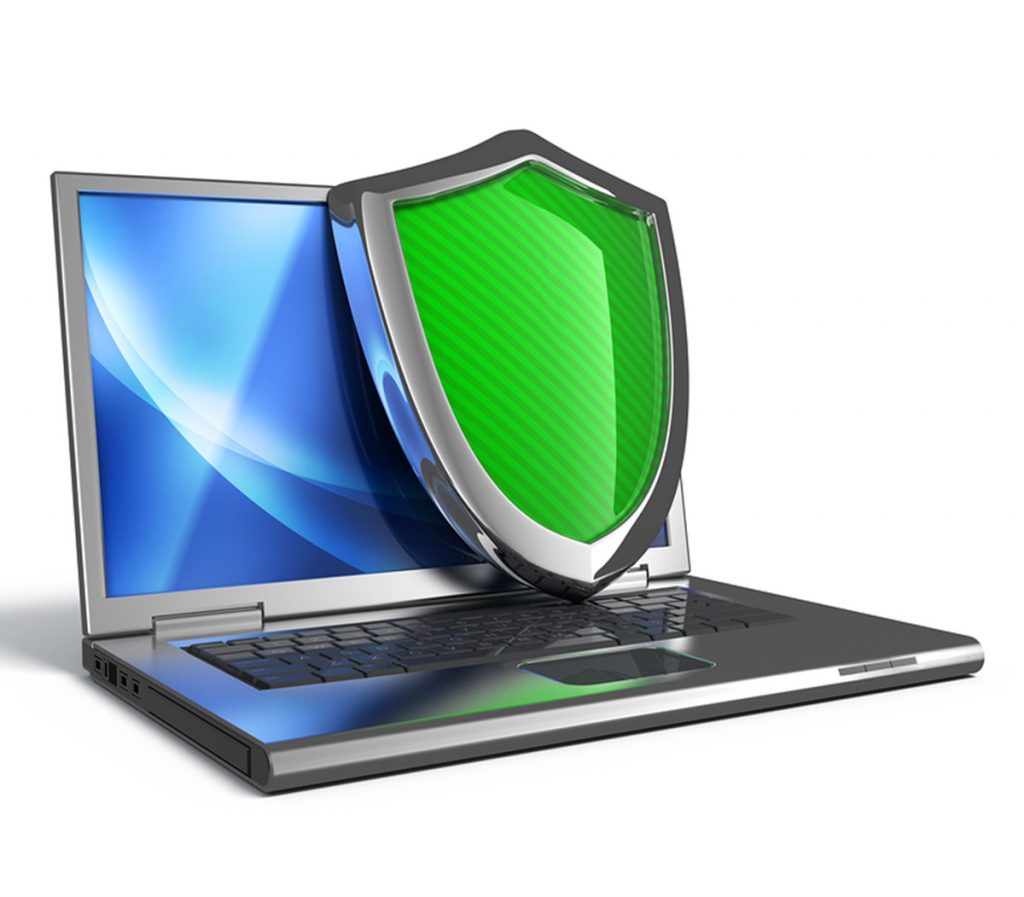Services:
Articles:
Reports:
How responsible are your IT assets disposed?
“The modern storage environment is rapidly evolving. Data may pass through multiple organizations, systems, and storage media in its lifetime. … As a result, more parties than ever are responsible for effectively sanitizing media and the potential is substantial for sensitive data to be collected and retained on the media.” From NIST Guidelines for media sanitization.
For organizations responsibilities are increasing to manage safely and ethically the disposition of their redundant IT assets, as for compliance, security, environmental and social reasons.
Important related aspects to consider are:
– defining and applying thorough processes for managing the outgoing flow,
– asset and data carrier tracking,
– application of effective sanitization techniques to protect against unauthorized disclosure,
– extending the lifespan of devices, also outside the organization,
– reduction to a minimum part of redundant IT assets that ends u as residual waste
– collecting data of the results and application of the process for internal and external reporting to comply with secure data protection, financial, environmental (ESG) and social reporting.
Our goal is to support organizations in responsible IT asset disposal. This starts with being an active partner who thinks along with our client about the entire process, with more than 20 years of experience in this sector.
Subsequently we propose solutions and services to optimize :
- Reverse logistics
- Data protection
- Environmental sustainability
- Social Impact
- Value recovery
And finally, providing comprehensive data and reporting for meeting compliance standards and reporting obligations.
“The amount of waste electrical and electronic equipment (widely known as WEEE or e-waste) generated every year in the EU is increasing rapidly. It is now one of the fastest growing waste streams. It includes a large range of devices such as mobile phones, computers,….” From website EU WEEE, including the announcement that on Oct.2023 the EU Commission has adopted policy recommendations for national authorities to increase the return of used and waste mobile phones, tablets and laptops.
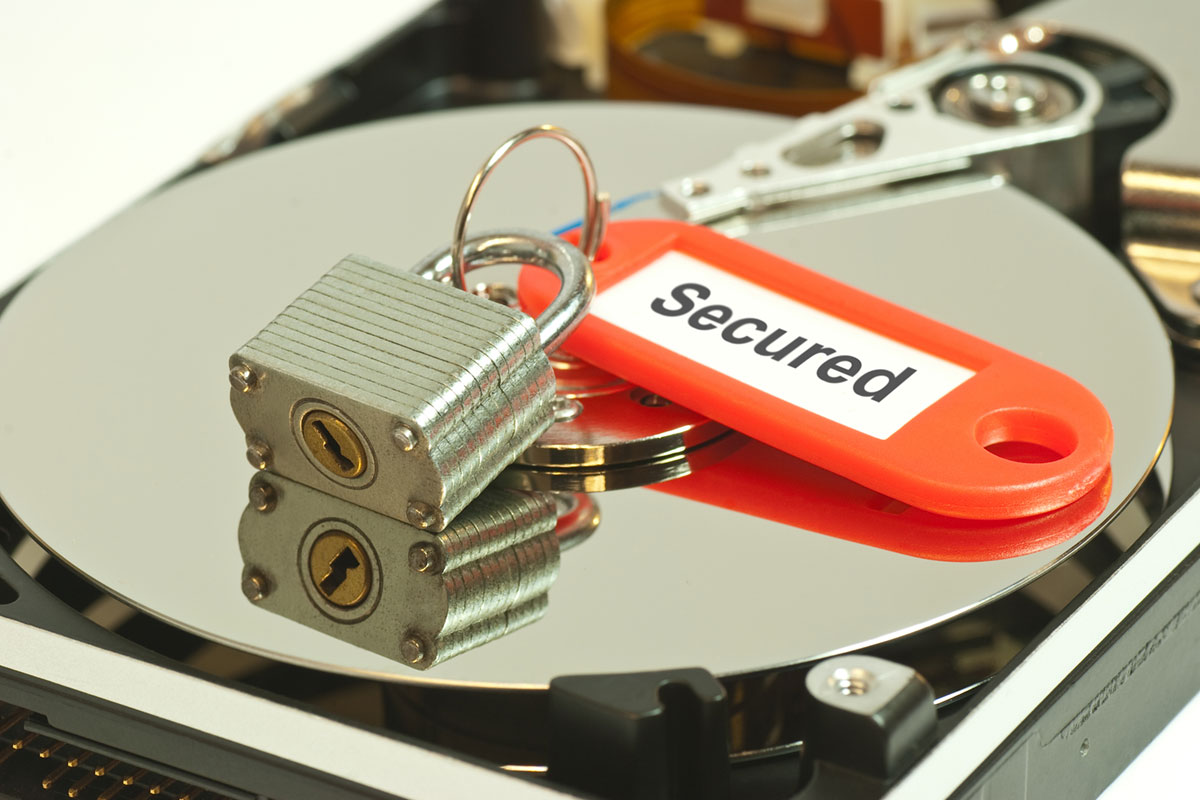
Projected annual industry volume from 2025



